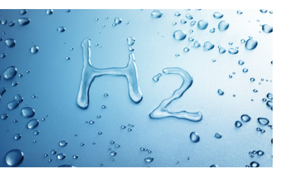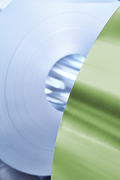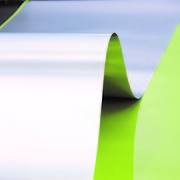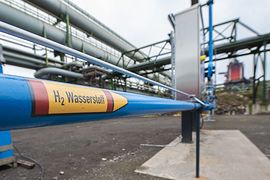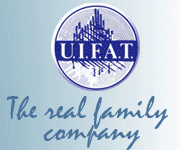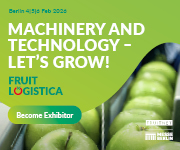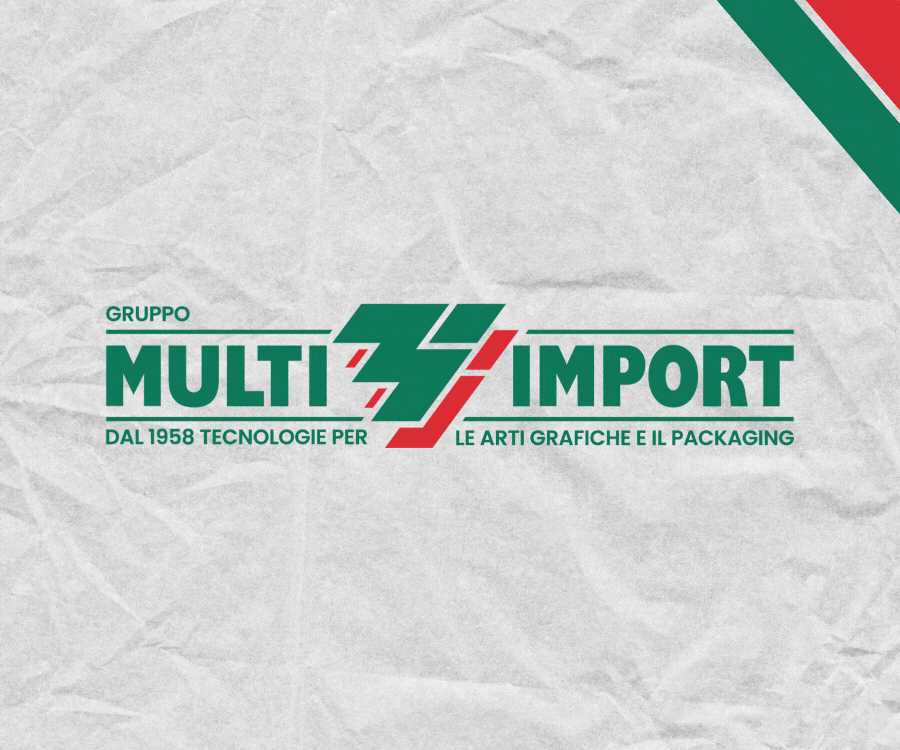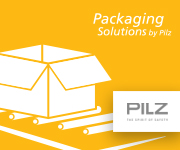Thyssenkrupp Rasselstein, on the way to green packaging steel
As a company from the energy-intensive steel industry, Duisburg-based thyssenkrupp Steel Europe is therefore gradually converting its steel production so as to be a major contributor to a climate-neutral future: By no later than 2030, the steel producer aims to cut carbon dioxide (CO2) emissions in steel production by 30%. Finally, in 2050, only “green steel” will be produced.
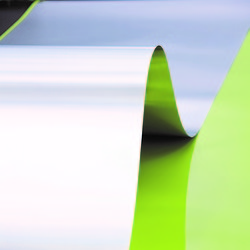
In the future, thyssenkrupp the company will avoid CO2 by using hydrogen (Carbon Direct Avoidance), whileCO2will also be converted into valuable chemical products (Carbon Capture and Utilization).
Ultimately, the resulting carbon-neutral steel will not only be used in automobiles and machinery but, in the form of new green packaging steel, will also become an integral part of the product range of thyssenkrupp Rasselstein, Germany’s only packaging steel producer.
Hydrogen instead of carbon
Today, primary steel is mainly produced in blast furnaces – a process proven for centuries and now largely optimized. It is also inseparably linked with the use of coal – and consequently with CO2 emissions. Climate-neutral steel production therefore inevitably necessitates technological change. It is for this reason that thyssenkrupp Steel launched the transformation to climate-neutral steel production in 2018 while pursuing a hybrid approach: CO2 avoidance and CO2 use. On the one hand, direct reduction plants with smelters running on green hydrogen instead of coal allow for significant reduction of CO2 emissions. Smelters are an entirely new type of unit developed by thyssenkrupp jointly with plant engineering companies: The units are powered by green electricity and in conjunction with the direct reduction layers – just like a blast furnace – continuously generate a liquid product, “electric pig iron” so to speak. The advantage: Existing and downstream steel plants with their established processes are able to continue to operate as before so that the same steel grades can be produced in all qualities. As climate-neutral hydrogen will not be available in sufficient quantities in the foreseeable future, natural gas may also be used temporarily in the direct reduction plants to already significantly reduce CO2 emissions compared with coal-fired blast furnaces. In addition, thyssenkrupp Steel uses the Carbon2Chem® technology that it developed jointly with partners. CO2 emissions are captured and processed into valuable raw materials for the chemical industry such as methanol or ammonia. In particular, emissions also associated with the useof hydrogen can be reduced, such as process-related emissions in the downstream value chain in steel mills or rolling mills.
Ecological packaging
The development of the industry shows thatgreen steel and tinplate belong together. As green steel production is still in its infancy, sustainable packaging steel will only gradually become available in larger quantities over time.
“As usual, we will offer our customers a high-quality product range in which green packaging steel has a firm place alongside our other premium products. Green packaging steel is particularly interesting for our customers because there is a growing need and increasing demand for climate-neutral packaging options among end users. The fact that sales of organic products have been rising for years shows that consumers want to consume in an ecological and responsible manner,” said Peter Biele, CEO of thyssenkrupp Rasselstein GmbH.
Green-produced packaging steel closes the last gap, because tinplate is already unbeatable in terms of recyclability as the metal can be recycled almost infinitely. Tinplate is a permanent material in a closed cycle. Thanks to its magnetic properties, it is easy to collect and recycle packaging steel as packaging material. It is almost 100% recyclable –basically infinitely often and without downcycling, thus without reduction in quality, as its inherent properties are retained. This makes tinplate the perfect material for multi-recycling.
Hydrogen from renewable energy sources
Truly climate-neutral steel production also requires energy carriers produced in a climate-neutral way –particularly hydrogen. For this reason, thyssenkrupp Steel is collaborating with various partners to examine the possibility of sourcing green hydrogen for the Duisburg steel mill. Hydrogen is green when it is produced by electrolysis – i.e., the splitting of water into hydrogen and oxygen by electricity – and when the electricity is generated by using renewable energies.
Read the article on Rassegna dell’Imballaggio International Issue
Gallery


